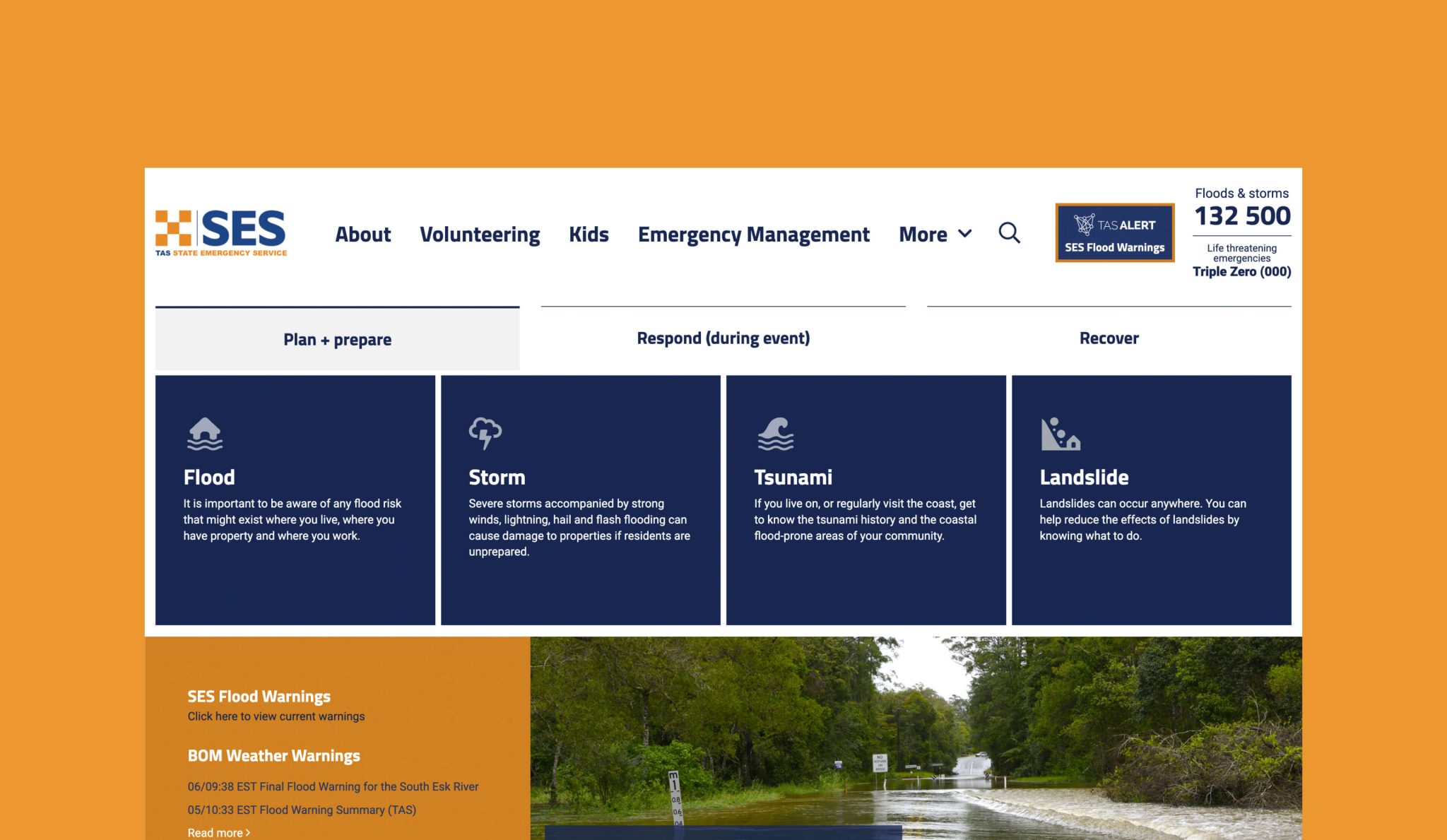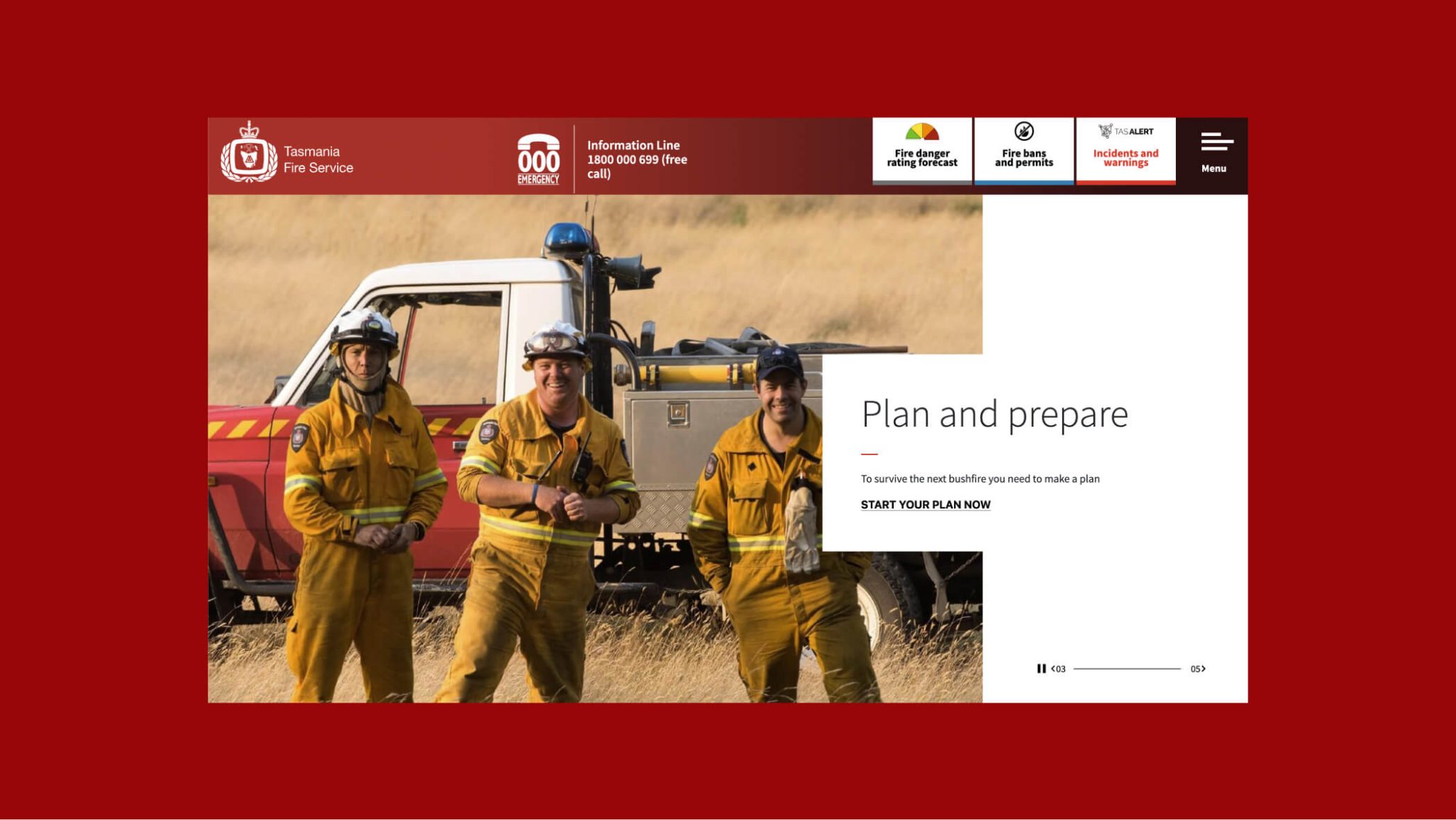
Department of Police, Fire and Emergency Management
The DPFEM websites are key pieces of emergency infrastructure communicating critical information in the event of a fire, flood or emergency anywhere in Tasmania.
In 2021, DPFEM approached us to design and implement a scalable hosting platform for the Tasmanian Fire Service and State Emergency Services websites using public cloud infrastructure based in Australia.
Based on the volume of traffic which the Tasmanian Fire Service website received during previous bushfires events, a scalable hosting was essential in order to meet future demand. During the Dunalley bushfires in January 2013 the Tasmanian Fire Service website received millions page views in a day. Given the growth of smartphone usage and general embedding of the internet into everyday life in the 8 years since 2013, it’s very likely that a similar event would generate significantly more traffic if it were to happen now.




With support of our partners at Amazon Web Services (AWS), we designed a solution which makes use of AWS’s elastic load balancing (Amazon Elastic Beanstalk) and autoscaling to scale-up required resources to meet demand.
We complimented this autoscaling configuration by serving static resources (images, Javascript) from long term storage containers (Amazon Simple Storage Service (S3)), to reduce load on the web server.
Within Amazon Web Services (AWS)’s Sydney Region there are three physically separate Availability Zones which are engineered to be isolated from failures in the other two Availability Zones. We distributed the Tasmanian Fire Service and State Emergency Services hosting infrastructure over multiple Availability Zone to ensure that the websites will remain online even in the event of a loss of one of the Availability Zones.
Hosting is based in the AWS Sydney Region providing low latency access for users in Tasmania.
In order to confirm the infrastructure was capable of operating under significant load we undertook extensive load testing, simulating high traffic events and subjecting all hosting infrastructure to the kind of traffic which might occur in a major bushfire, flood or similar emergency.